The Hidden Impact: Understanding Anthropogenic Cellulose Microfiber Pollution
Did you know that even "natural" fibers like cotton and bamboo can pollute our oceans similar to synthetic microplastics?
Many conventionally processed natural fibers such as cotton and bamboo rayon undergo extensive chemical treatments that alter their biodegradability, causing them to behave like microplastics in the environment. These "anthropogenic cellulose microfibers" represent a growing but often overlooked form of textile pollution.

Beyond Synthetic Microplastics: The New Frontier
Discussions around sustainable fashion and textile pollution often focus on synthetic fibers like polyester and nylon, which shed microplastics into the environment. However, recent research has highlighted another category of fibers that behave similarly: anthropogenic cellulose microfibers.
These are natural fibers, such as cotton and bamboo rayon, that have undergone extensive chemical treatments, altering their biodegradability and impact on ecosystems. While marketed as "natural," these materials can be far from their original state by the time they reach consumers.
How Do Anthropogenic Cellulose Microfibers Form?
Natural fibers, in their raw form, are biodegradable and break down in the environment. However, through conventional textile processing, they are often treated with a range of synthetic chemicals to improve durability, colorfastness, and other performance factors.
These treatments fundamentally change the fibers' properties, making them more persistent in the environment and introducing chemical residues that can affect human and ecological health.
When washed, these chemically altered fibers behave much like synthetic microplastics, breaking down into microscopic fragments that enter waterways. Unlike untreated natural fibers, which degrade quickly, these microfibers remain in the environment, carrying traces of the chemicals used in their processing.
Comparing Conventional Cotton and Bamboo Rayon Processing
To understand how anthropogenic cellulose microfibers form, it is important to examine the full production process of two commonly used fibers: conventional cotton and bamboo rayon. Both undergo extensive chemical treatments, but the processes differ significantly.
Chemical Treatments in Conventional Cotton Production
| Production Step | Synthetic Chemicals Used | Purpose of Chemicals |
|---|---|---|
| Cultivation | Pesticides, Herbicides, Fertilizers | Increase yield, prevent pest damage |
| Harvesting | Defoliants | Remove leaves for easier machine harvesting |
| Ginning | Cleaning Agents | Clean and prepare fibers for spinning |
| Spinning | Sizing Agents (PVA, Acrylics) | Improve fiber handling, prevent breakage |
| Weaving/Knitting | Lubricants, Anti-static Agents | Ensure smooth fabric production, prevent static |
| Pre-Treatment | Detergents, Caustic Soda, Hydrogen Peroxide | Remove natural oils, waxes, and impurities |
| Dyeing | Synthetic Dyes, Fixatives | Achieve desired color, improve color fastness |
| Finishing | Formaldehyde, Silicone Softeners, Fluorochemicals, Resin Finishes | Enhance fabric softness, wrinkle resistance, water resistance |
Chemical Treatments in Bamboo Rayon Production
| Production Step | Synthetic Chemicals Used | Purpose of Chemicals |
|---|---|---|
| Harvesting Bamboo | None (bamboo is naturally pest-resistant) | Not needed for bamboo growth |
| Pulping | Sodium Hydroxide (Caustic Soda) | Break down bamboo into cellulose pulp |
| Chemical Processing | Carbon Disulfide, Sodium Hydroxide | Dissolve pulp into viscose solution for fiber extrusion |
| Fiber Regeneration | Sulfuric Acid | Regenerate fiber from viscose solution |
| Spinning | Lubricants, Anti-static Agents | Aid in spinning fibers into yarns |
| Weaving/Knitting | Lubricants, Anti-static Agents | Facilitate fabric formation |
| Dyeing | Synthetic Dyes, Fixatives | Color fabrics and improve fastness |
| Finishing | Formaldehyde, Silicone Softeners, Anti-wrinkle Agents | Enhance softness, durability, wrinkle resistance |
Organic Certifications and Their Limits
Organic textile certifications, such as GOTS (Global Organic Textile Standard) and OEKO-TEX, play a significant role in reducing the presence of synthetic chemicals in textiles. These standards regulate pesticide use, restrict hazardous chemical treatments, and enforce fair labor practices.
However, while organic certifications eliminate many harmful substances, they still permit the use of synthetic dyes, often labeled as "low-impact dyes."
What You Should Know About "Low-Impact" Dyes
Low-impact dyes are promoted as a more sustainable alternative to traditional synthetic dyes due to their higher absorption rates, reducing water pollution. However, they still contain:
- Petrochemical-derived compounds
- Chemical fixatives to adhere to fibers
- Ingredients that can alter fiber biodegradability
As a result, even certified organic textiles may contribute to anthropogenic cellulose microfiber pollution when washed, as these chemically treated fibers do not break down as easily as untreated natural fibers.
The Role of Dyes in Microfiber Pollution
Dyes play a critical role in how fibers interact with the environment. Synthetic dyes, including low-impact dyes, require chemical binders and fixatives that alter the fiber's structure and longevity. This can lead to increased microfiber shedding and environmental persistence.

An alternative approach is the use of plant-based dyes, such as those utilized by AIZOME. These natural dyes do not contain petrochemical derivatives or synthetic fixatives, eliminating concerns about chemical pollution.
In fact, emerging research suggests that plant-dyed textiles may even offer functional benefits beyond aesthetics. AIZOME's plant-dyed textiles have demonstrated antibacterial properties, as evidenced by laboratory testing.
By using medicinal plant dyes, textile manufacturers can reduce the environmental burden of dyeing while potentially enhancing the well-being of the wearer.
Unlike synthetic dyes, which introduce chemicals into the environment through laundering, plant-based dyes decompose naturally without leaving behind toxic residues, offering a true alternative to the current system of mass textile dyeing.
Why Does This Matter?
Studies have shown that microfibers are now ubiquitous in our oceans and waterways. As the infographic below illustrates, research by Suaria et al. (2020) found that a shocking 44% of particles floating in our oceans are actually anthropogenic cellulose fibers—chemically treated "natural" materials like rayon, viscose, and conventionally processed cotton.

These anthropogenic cellulose fibers—made from trees and plants but heavily processed with toxic chemicals—actually exceed the proportion of plastic microfibers (35%) found in marine samples. Despite marketing claims of being "eco-friendly," these fibers don't readily biodegrade due to their chemical treatments. Yet while regulations increasingly target synthetic microplastics, anthropogenic cellulose microfibers remain largely overlooked in environmental policies and consumer awareness.
What Can Be Done?
- Material Transparency: Advocating for greater disclosure of textile treatments can help consumers and businesses make informed choices about fiber selection.
- Sustainable Alternatives: Choosing untreated or minimally processed natural fibers reduces the release of persistent microfibers into the environment.
- Responsible Manufacturing: Innovations in plant-based dyeing and mechanical finishing (rather than chemical treatments) offer ways to maintain fabric performance without synthetic additives.

Moving Forward
As the conversation around textile pollution evolves, expanding the focus beyond synthetic microplastics to include chemically altered natural fibers is a critical step.
Understanding the chemical processes that create anthropogenic cellulose microfibers allows us to push for more sustainable practices, reducing environmental impact while maintaining textile quality and performance.
By choosing textiles with minimal chemical processing and plant-based dyes, consumers can help reduce the environmental footprint of their home textiles while creating healthier living environments.

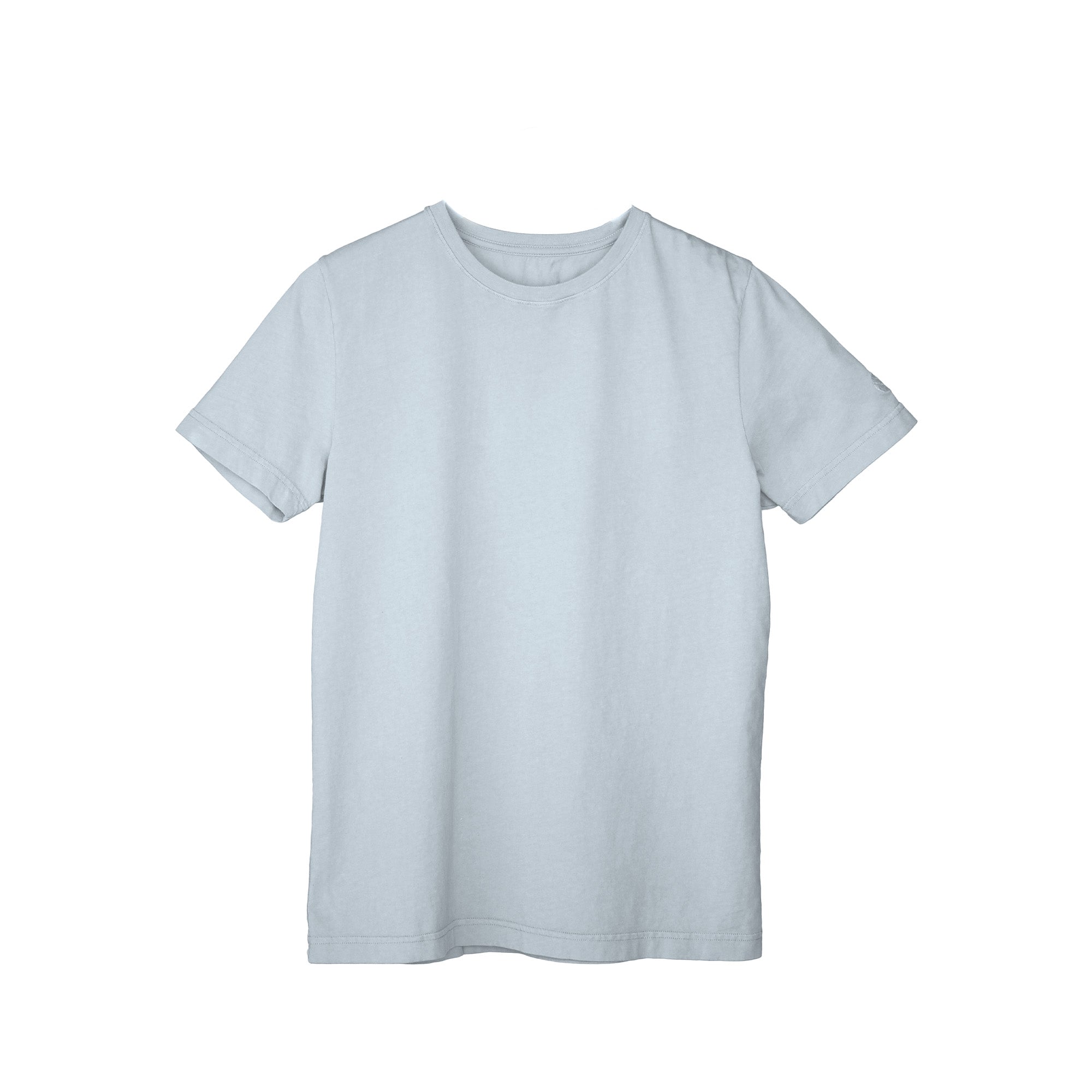

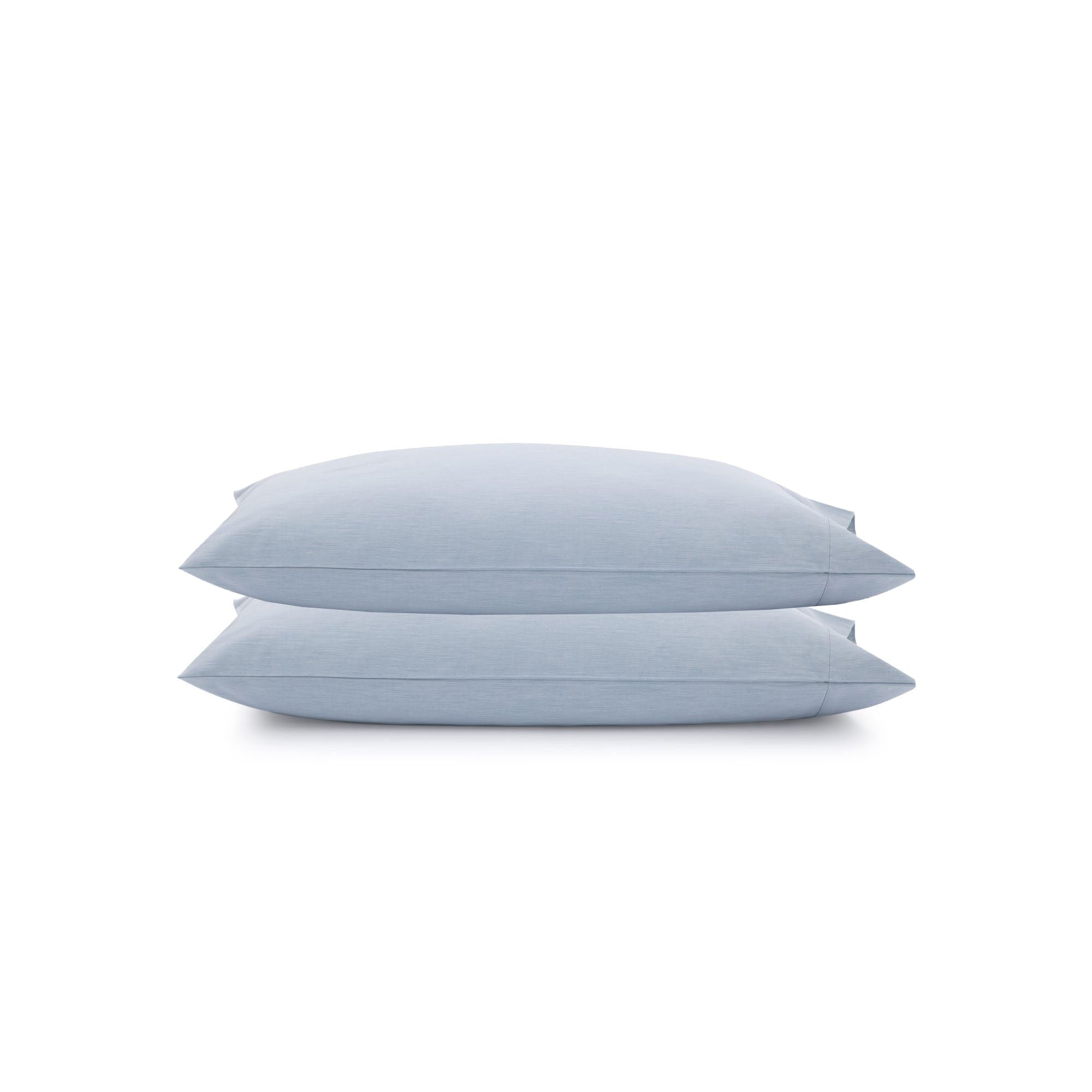
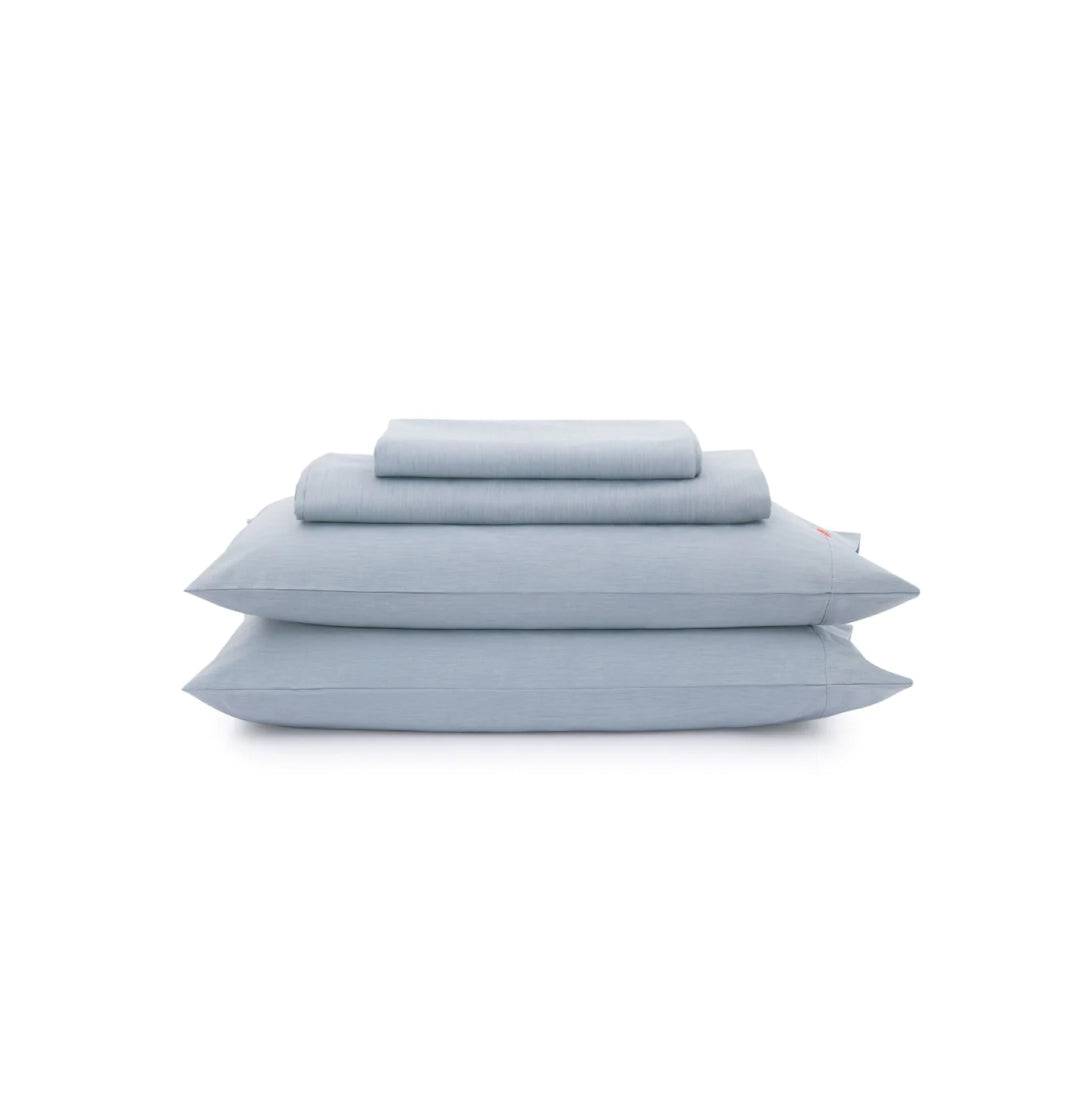
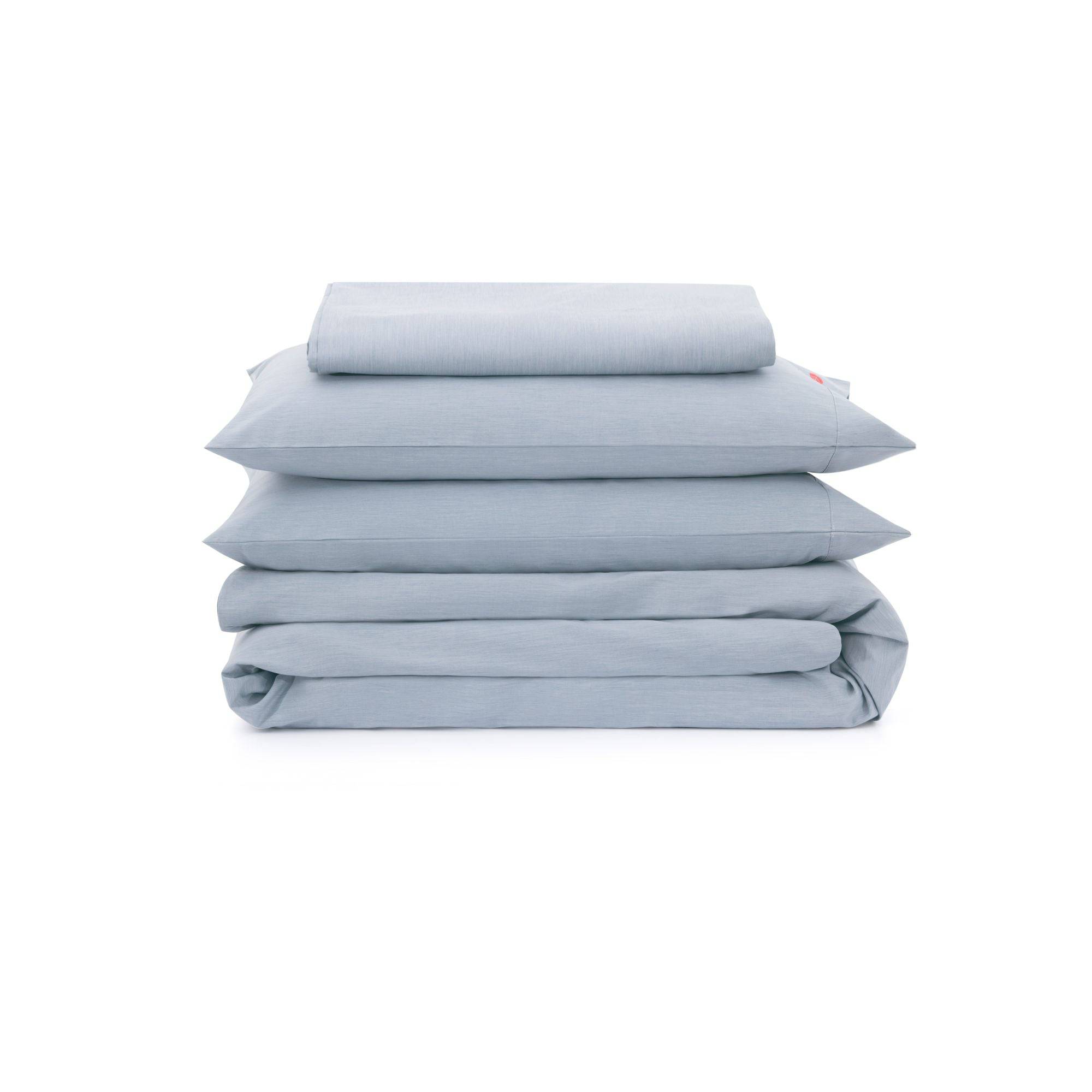
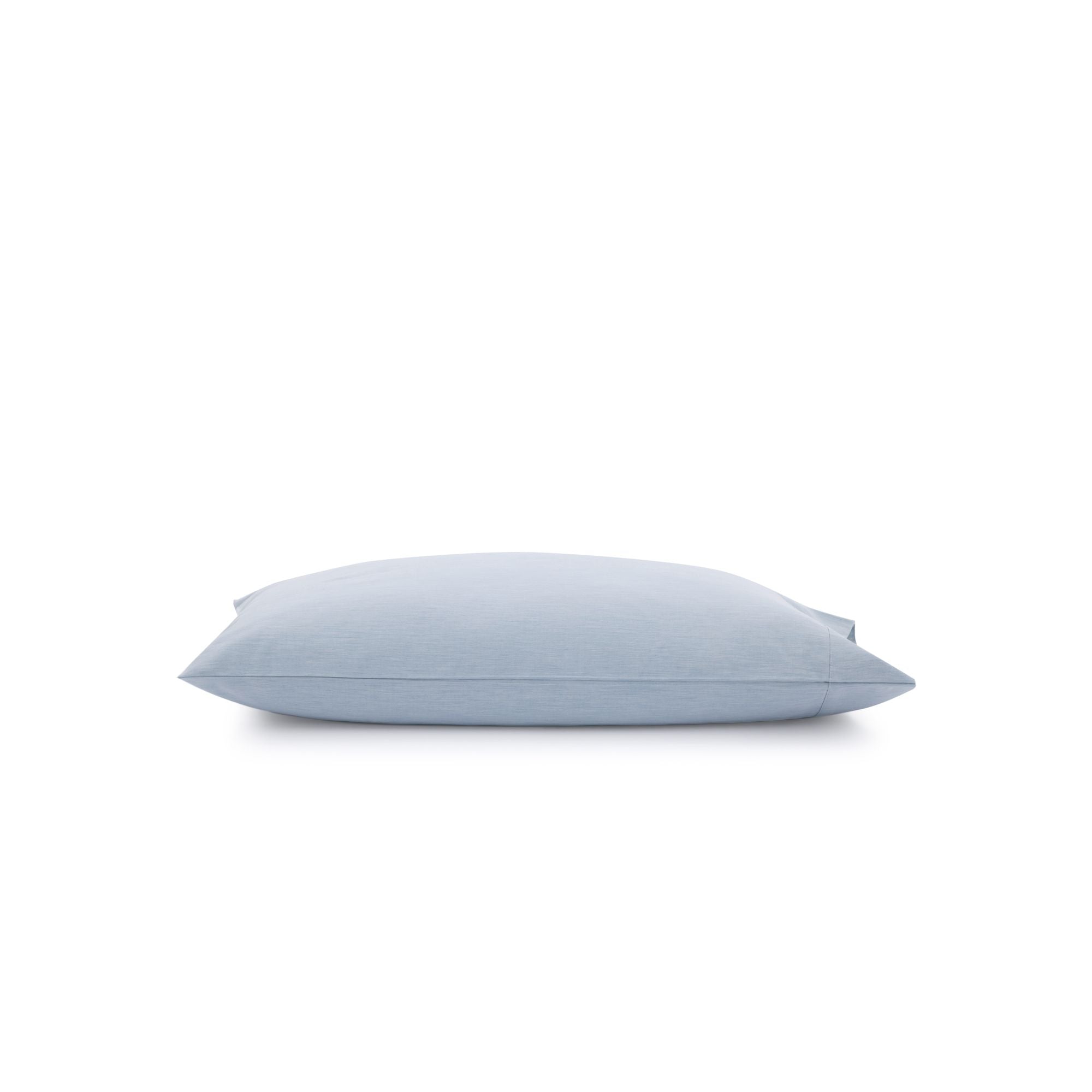
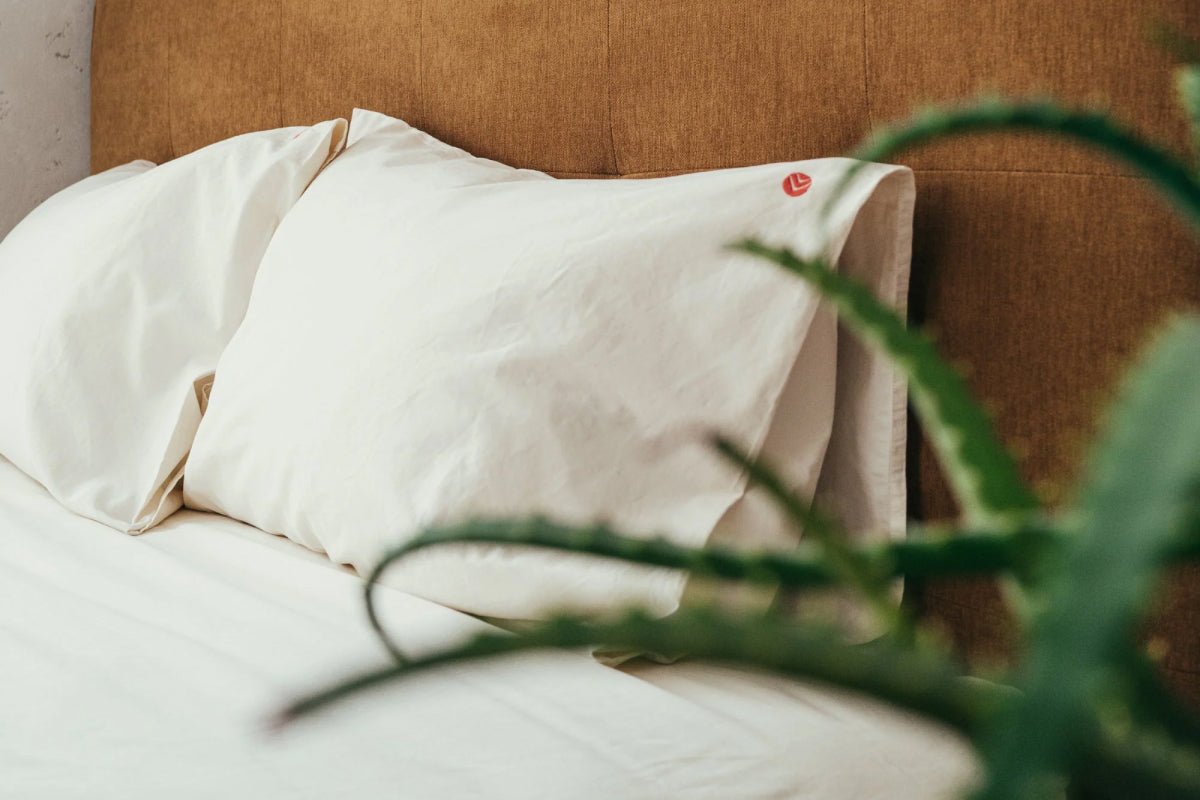 Bedding
Bedding
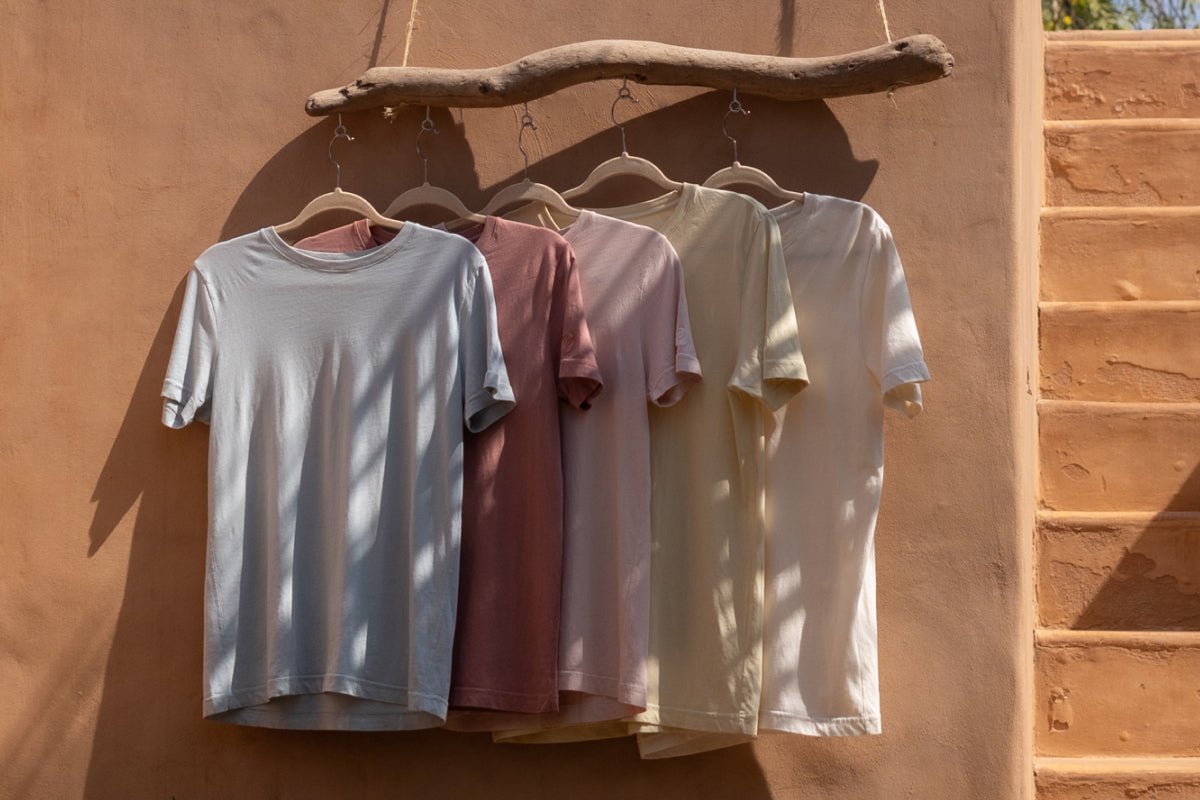 Clothing & Accessories
Clothing & Accessories
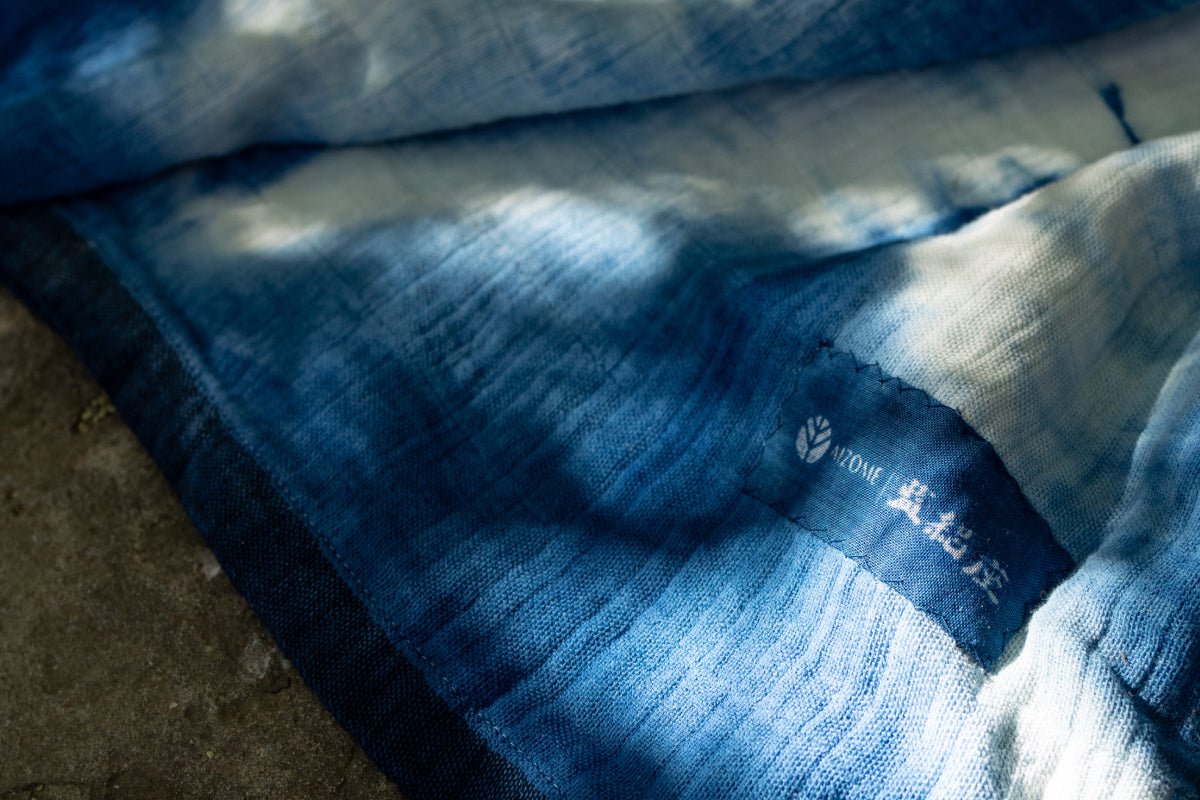 Artisan Line
Artisan Line


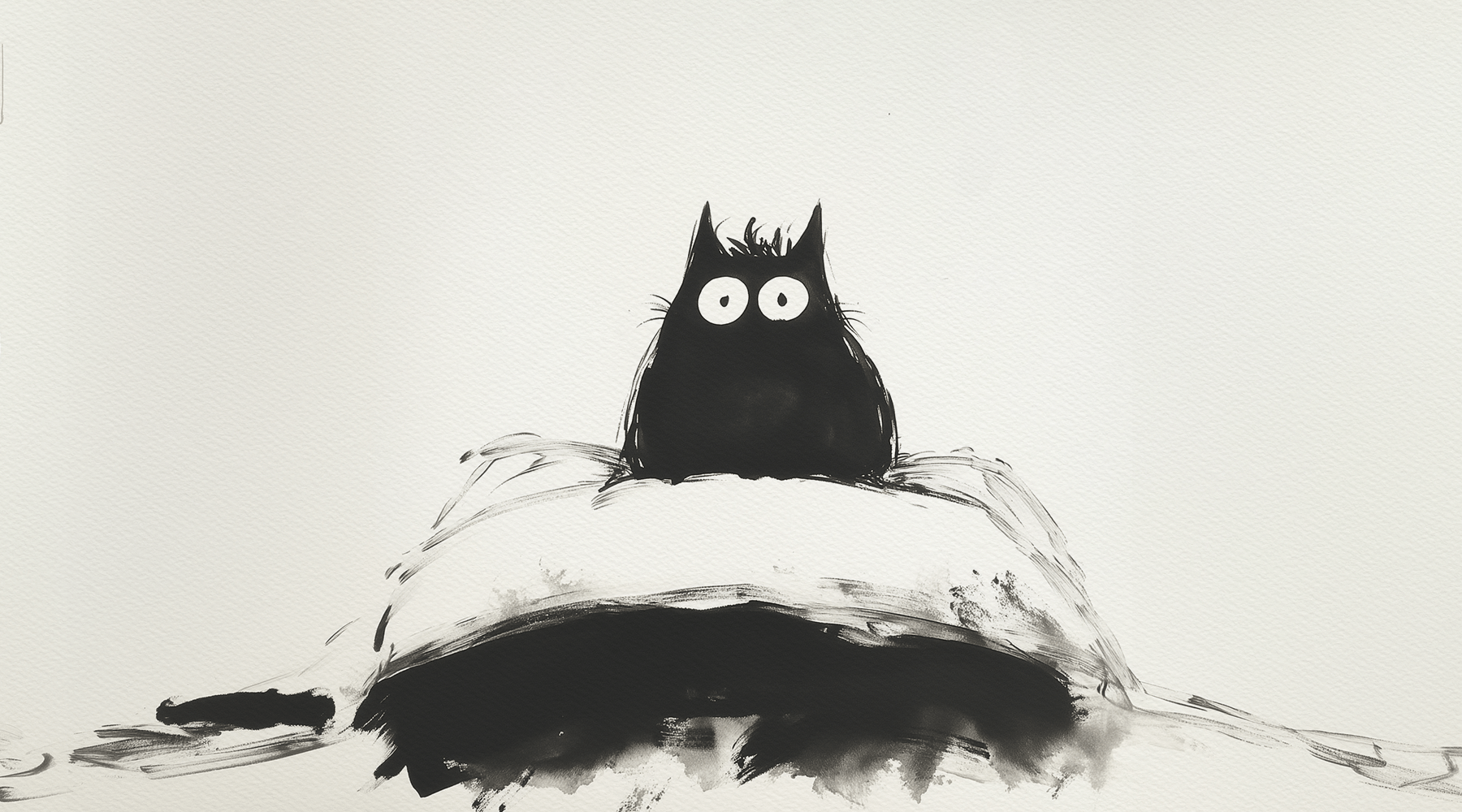
Leave a comment
All comments are moderated before being published.
This site is protected by hCaptcha and the hCaptcha Privacy Policy and Terms of Service apply.